Curse of the Sea Rats is a cute concept that needs to compete in a badly over-saturated genre. I’m now at the point where seeing “Metrodvania” in press materials will make me groan. Not only because the term itself has, like with the roguelike, lost almost all meaning from its over-use. It’s also because we’ve run out of ways for developers to actually make these things functionally differentiated. They’re all derivative of one another, and the overall “genre” has gone completely stagnant.
With that being said, Curse of the Sea Rats does try to at least have its own personality. You play as one of four people that have been cursed and turned into a rat. Amusingly enough, this was actually a fortunate turn of events for them, as all four characters were prisoners on a ship to… a less-than-pleasant fate. So, thanks to the curse, the captain (who is also now a rat) gives them the opportunity to win their freedom. The only catch is they need to go on a deadly journey to defeat one Flora Burn, the pirate witch behind the curse.
One of the neat things about Sea Rats is that it does allow you to swap between all four characters, and each of them has substantially different abilities and skills. You’ll need to use all four characters to fully explore the world, reach all the far-flung locations, and ultimately complete the game. This is also the premise of the game’s multiplayer, and the concept would have been a great idea, were it not for one significant flaw. Unfortunately, experience is shared between characters, meaning that if you’re levelling up one character’s skills and abilities, you’re drawing on the same pool that all the other characters use. If you don’t level these characters evenly, you’re in for a mighty grind to get them up to scratch. Alternatively, if you do level the characters up evenly, you’re also in for a mighty grind, since you’re essentially working for four characters, rather than one.
Curse of the Sea Rats has a brutal edge to it, too. Most enemies do a lot of damage to your characters, and they are placed around levels with sadistic intent behind the level design. It’s easy to see that this was a deliberate move by the developers, because there’s also a Dark Souls-like system in play, whereby if a character dies, you’ll lose around half your resources, which you can win back by fighting your way back to where your character fell. It’s not nearly as well balanced as in Dark Souls, but I’ve always been a fan of this approach to difficulty and the “second chance” it offers, and that system is fit for purpose here as well.
What is considerably less impressive about this is the sluggish way the characters handle. Curse of the Sea Rats looks like it wants to give you twitch-like control over the action, but it behaves in a far more methodical manner. It’s not inherently bad (Dark Souls itself leans heavily into the “methodical” approach), but what I did find as I played was that I experienced far too many deaths on account of rushing things. Because, again, everything about what you see on the screen tells you that you should be speeding, rather than creeping, through it. Another issue with the controls is the precise timing that it requires for you to pull off some of the special moves. These are absolutely essential for defeating some of the touch enemies (including the bosses) and navigating around levels, but in the heat of things, they are far too easy to screw up. Pressing “down” or “up” and a particular button at the same time needs a far more generous timing window than Sea Rats allows, given the context that you’re being asked to use it.
The developers clearly put a lot of love into this game, though. The hand-drawn quality of the art makes for a distinctive and soulful aesthetic. Thanks to this, each new character and environment is a joy to discover. The developers also had a lot of fun with the silly premise, and while the storytelling was far too thin, the fact that I really wanted to learn more about the major players and the world around them is a sign of just how engaged I was with the experience.
The big problem, however, is that this is going to be something that families want to pick up. The presence of local multiplayer brings with it the promise that parents can play with their kids, that siblings can use it to bond, or that friends can make a party of it on a Friday night with some beers. The difficult calibration of the game and its methodical pace will put a dampener on that initial enthusiasm, however. It’s not really the brawler fun good time that the promotional material suggests that it might be. Rather it’s definitely a game for a more serious kind of player. One that likes the idea of quirky rats and humour to go with their challenging and unforgiving platforming.
What I’m saying is that I’m not entirely sure who is going to enjoy Curse of the Sea Rats. I do know that there’s going to be an audience out there for it, because while it has several issues it also has many redeeming qualities. However, when it’s one of a few million Metroidvanias that are already on the Switch, I fear that Sea Rats will struggle to find that audience, despite being a clear passion project from everyone involved.
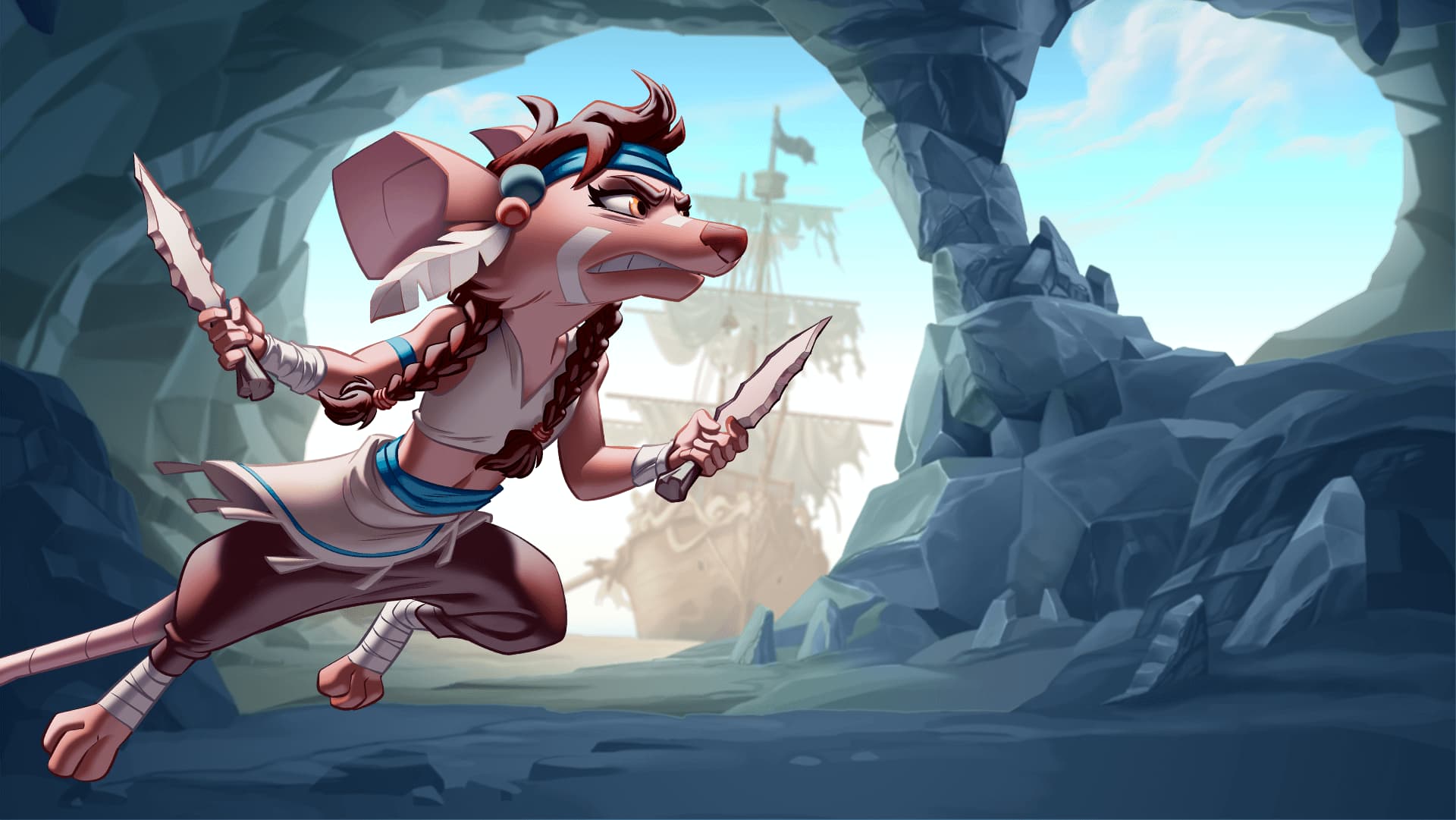

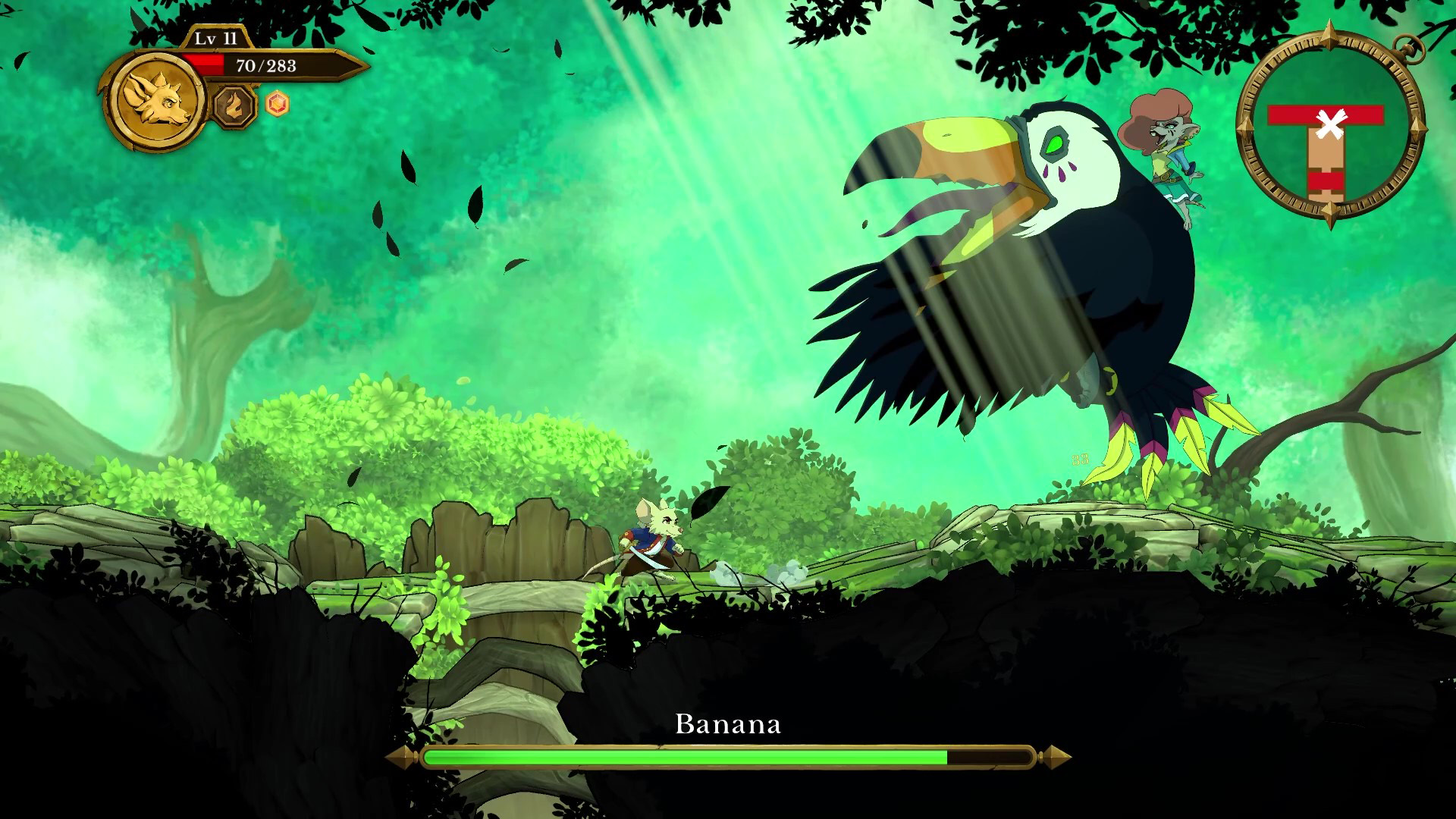
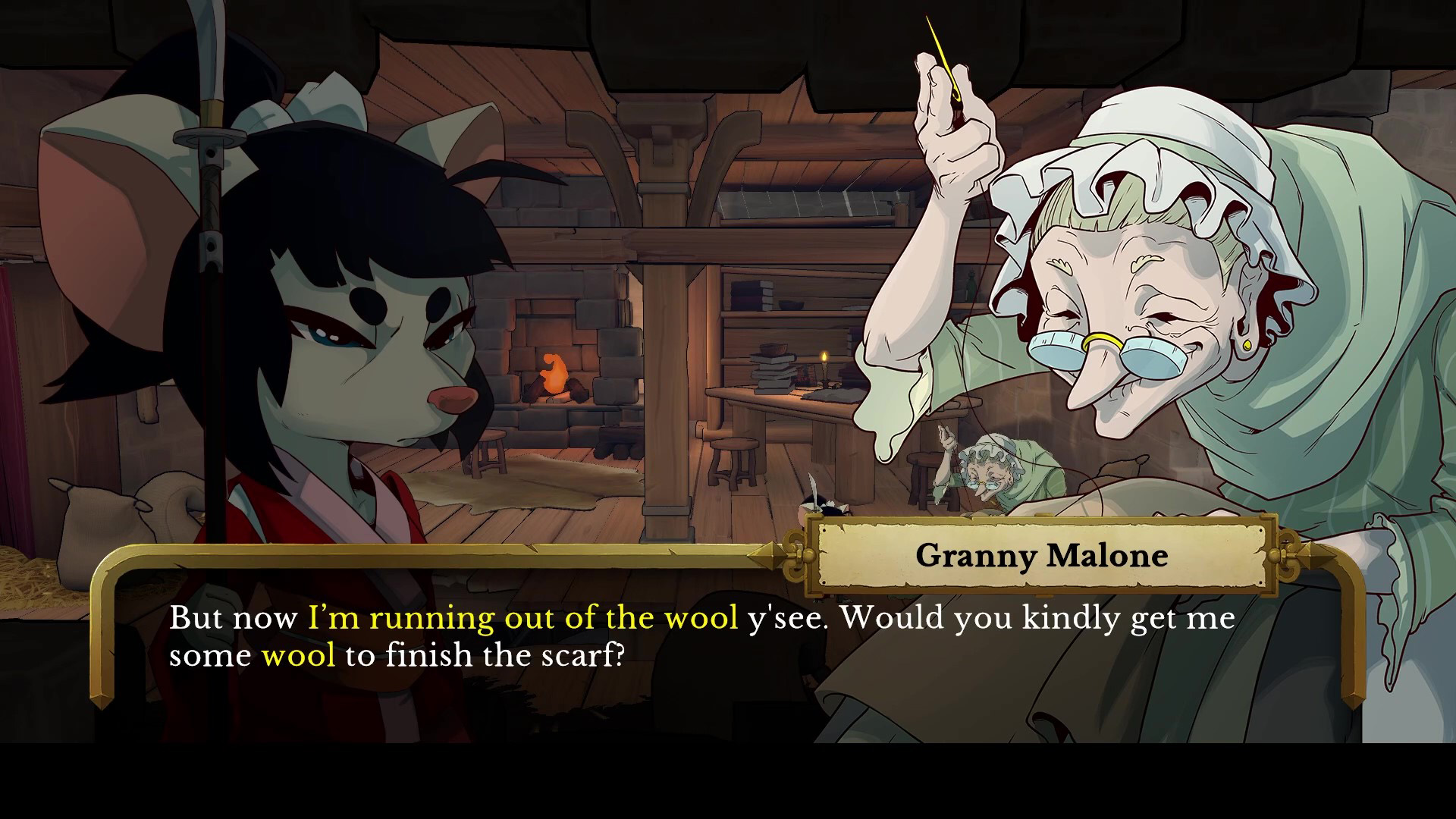

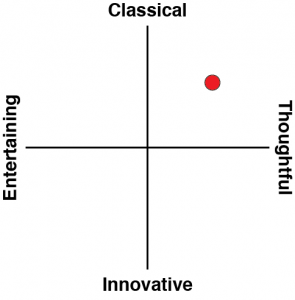
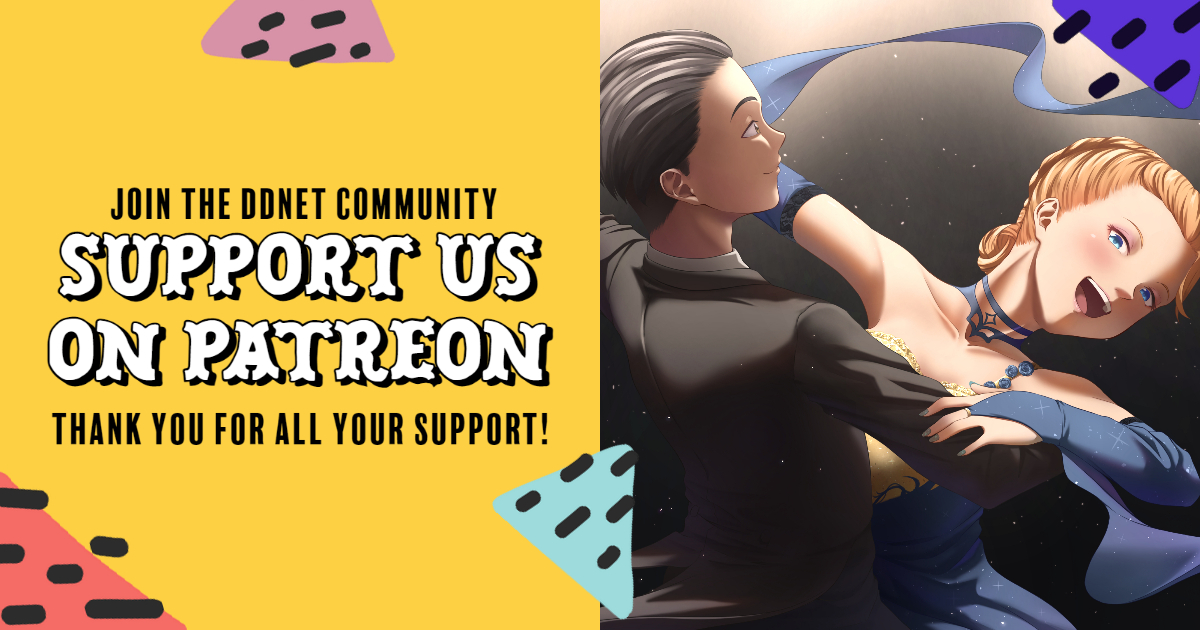
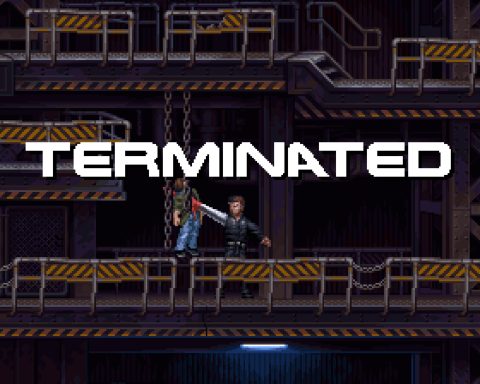



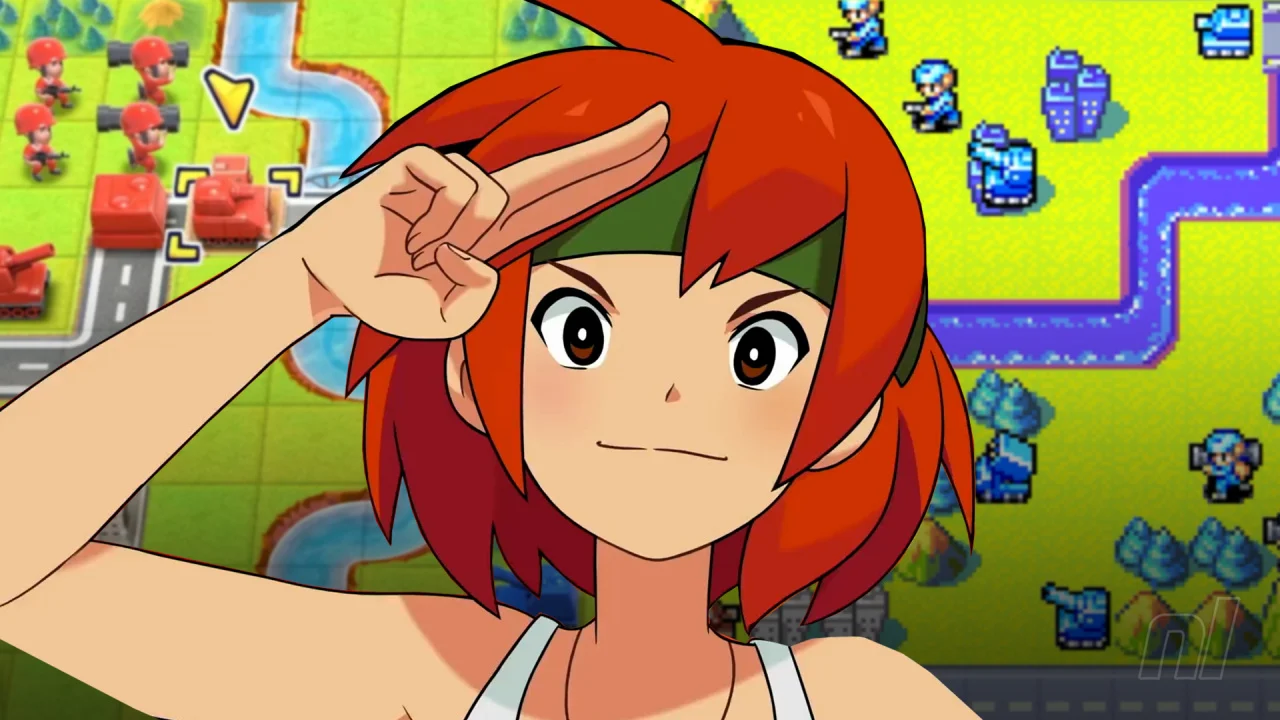

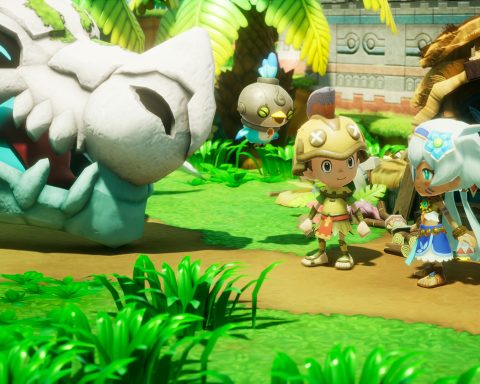

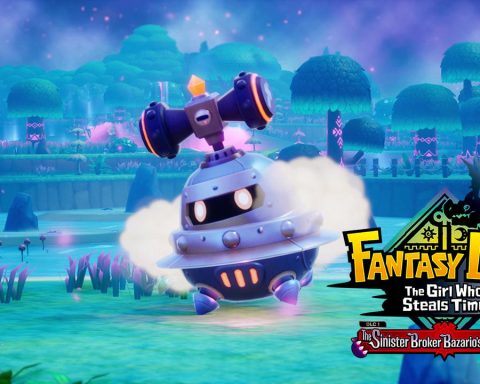
Back in the day there was a cartoony looking yet fiendishly difficult 2D platformer called Captain Claw. It was also furry pirate themed. Maybe that’s what the developers were going for?
I have never heard of this Captain Claw game. I am now intrigued. Looking at the screenshots it really does seem like it influenced this game.